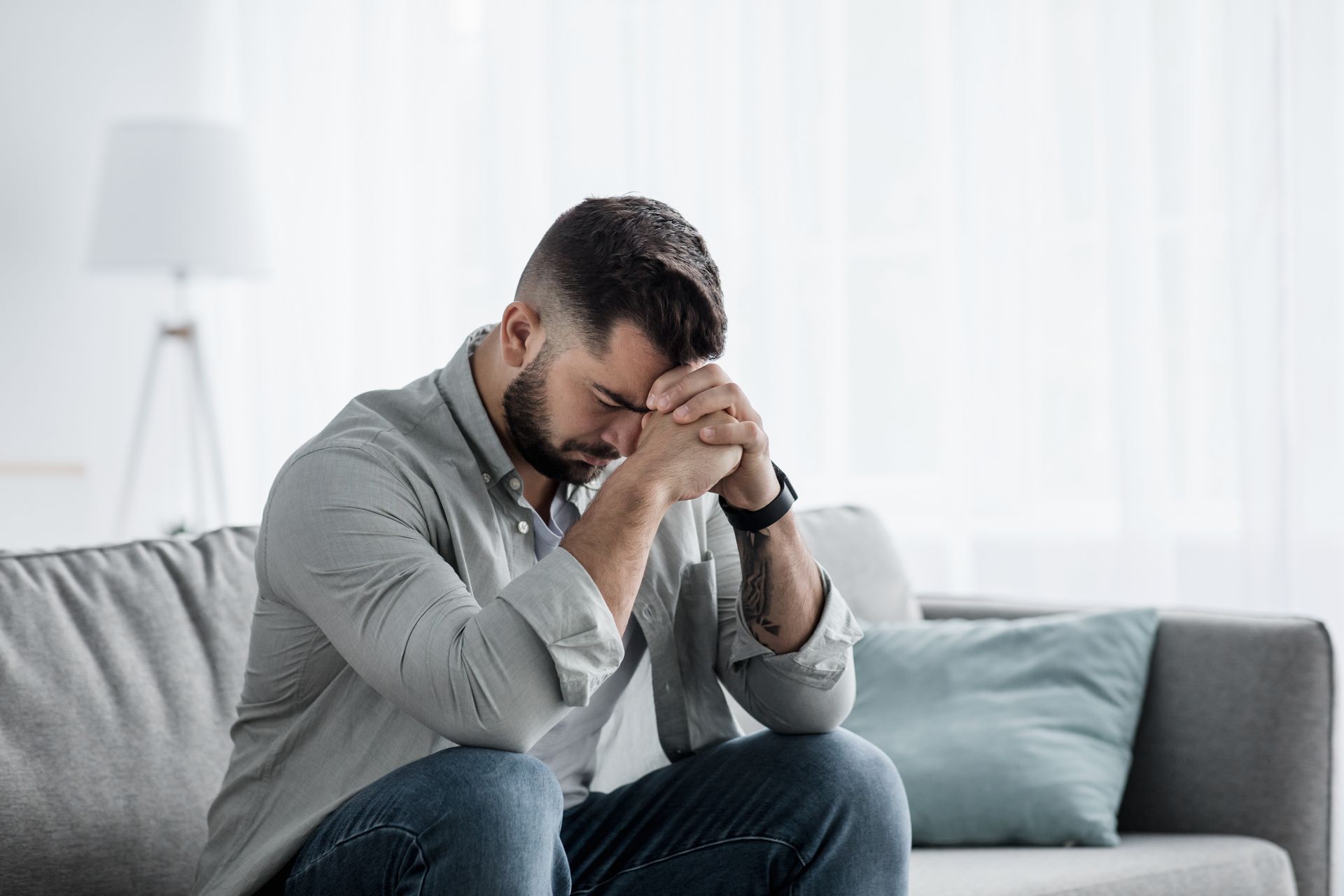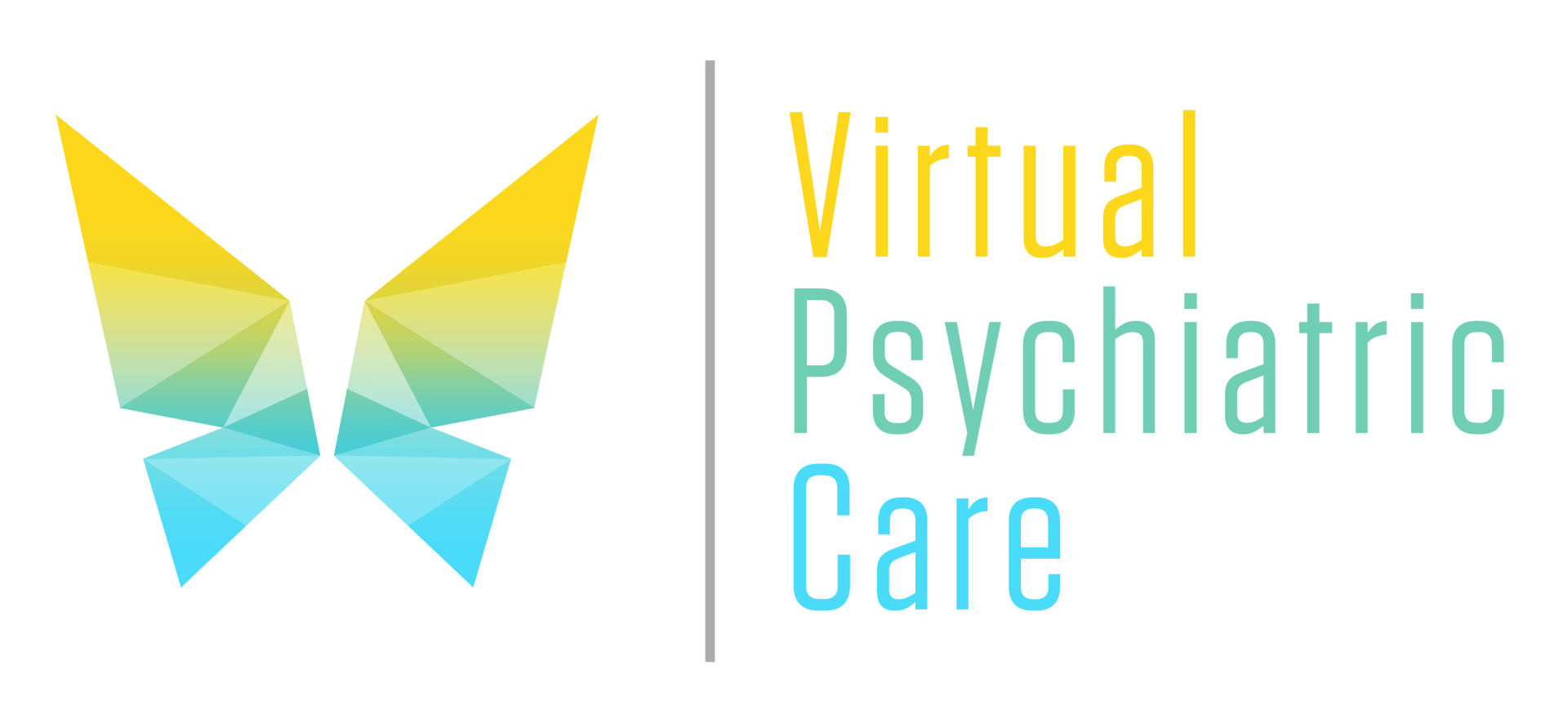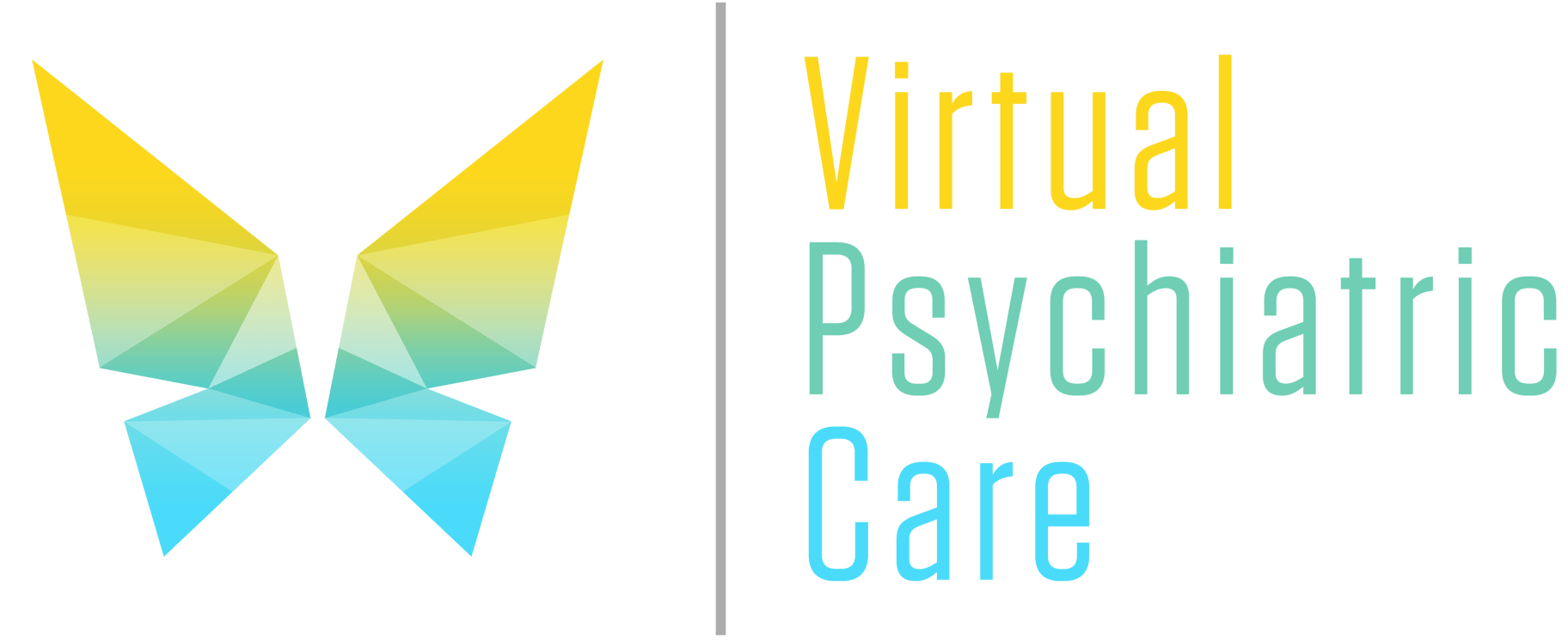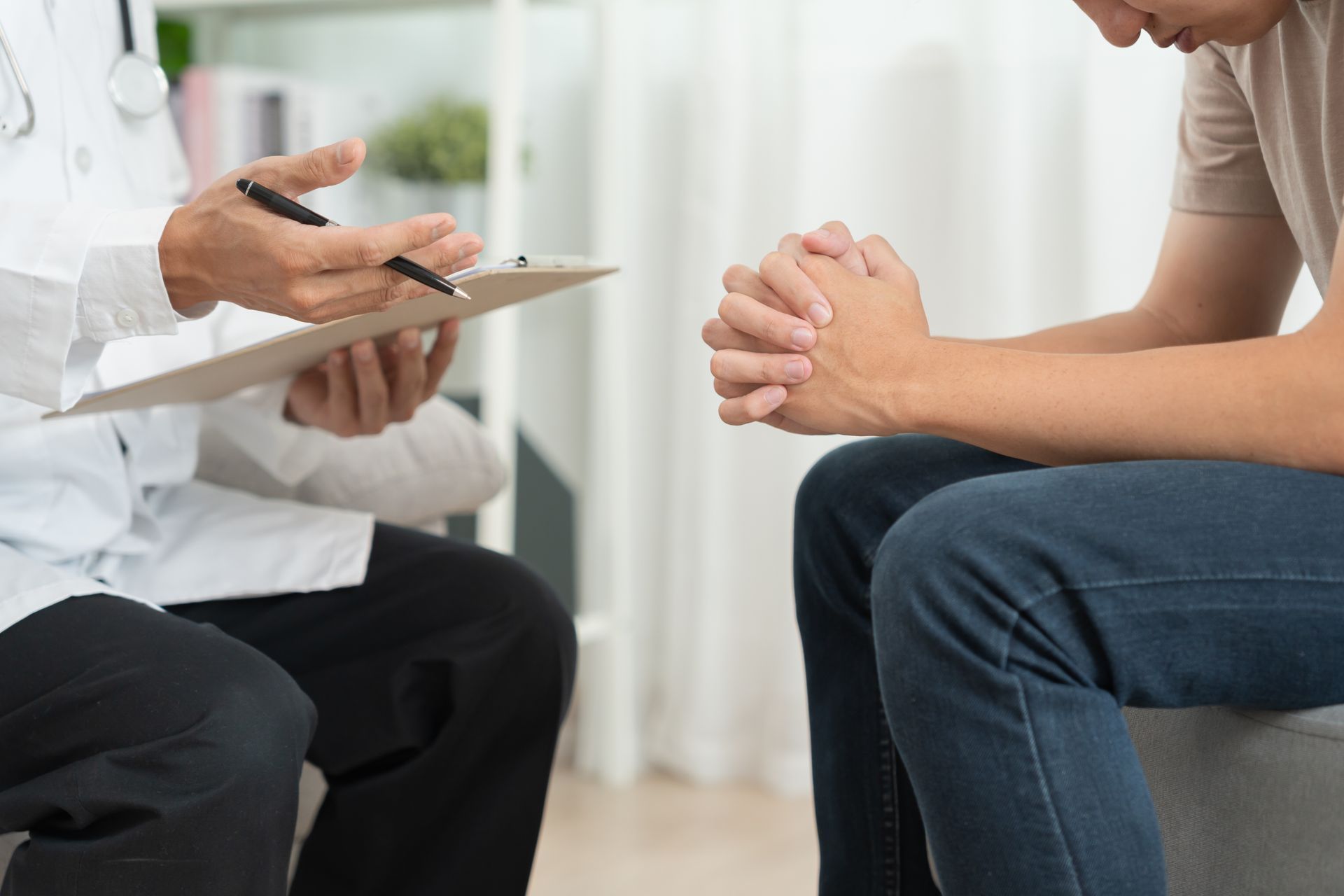Healthy Anxiety & Unhealthy Worrying: What They Really Look Like (And What You Can Do About It)

We’ve all had a moment where we Googled a headache and convinced ourselves it was a brain tumor. (Don’t worry—you’re not alone.) But when those worries become a pattern, not just a panic moment, you may be dealing with health anxiety.
Let’s break it down: What is healthy anxiety? How does it differ from unhealthy worrying? And how do you know if your brain is trying to keep you safe—or just keeping you stuck?
😷 What Is Healthy Anxiety?
Healthy anxiety is a normal response that alerts you to potential danger and encourages you to take care of yourself. But when anxiety turns excessive and becomes persistent fear about having—or developing—a serious illness, it can cross into the territory of unhealthy worrying. Even when tests come back normal, the worry doesn’t let up. It’s not dramatic or attention-seeking—it’s a real mental health experience.
🔍 How Health Anxiety Shows Up
It’s not always dramatic or obvious. It can be quiet, persistent, and exhausting. Here’s what it might look like:
- You Google symptoms obsessively (even at 2 a.m.)
- You avoid doctors *or* visit them constantly
- You can’t stop scanning your body for signs something is wrong
- You feel brief relief after tests—but the worry returns quickly
- You ask friends or family repeatedly, “Do you think this is serious?”
- You can’t focus on other things when a symptom appears
- You struggle to believe medical reassurance for long
💭 What’s the Difference Between Healthy Anxiety & Unhealthy Worry?
We all worry about our health sometimes—it’s part of being human. But here’s the difference:
- Normal Health Concern:
- Comes and goes with context (e.g., cold symptoms)
- Trusts medical reassurance
- Can accept uncertainty
- Doesn’t interfere with daily life
- Unhealthy Worry:
- Persistent and intrusive
- Doubts medical reassurance, seeks it repeatedly
- Feels compulsive need for certainty
- Disrupts sleep, focus, and relationships
🧠 Why It Happens
Health anxiety can stem from:
- Childhood illness (yours or a loved one’s)
- Trauma or unpredictable environments
- Medical trauma or misdiagnosis
- Perfectionism and fear of “losing control”
- A deep belief that “if I worry enough, I can prevent something bad”
The brain thinks worry = protection. But in reality? Chronic worry wears you down and makes life smaller.
🌪️ Unhealthy Worrying: The Spiral
Ever had this kind of moment?
- You feel a slight chest twinge →
- You Google “chest pain” →
- You see words like “heart attack” →
- Your heart really starts racing →
- You interpret that as a symptom, not anxiety →
- You spiral into panic.
That’s the vicious cycle: body sensation → worry → anxiety → more sensations → more worry.
It’s not your fault. It’s a loop your brain learned—and you can learn to break it.
🧘 What Actually Helps
You don’t have to live stuck in the cycle. Real healing starts with understanding and gentle interruption of the patterns.
Tools that help:
- Cognitive Behavioral Therapy (CBT): challenges anxious thoughts with facts
- Mindfulness & somatic work: reconnects you with the present moment
- Limit Googling and set boundaries with symptom-checking
- Self-compassion practices: remind your brain you’re safe
- Therapy or psychiatric care: addresses deeper roots of the anxiety
❤️ You’re Not Alone—And There Is Hope
Health anxiety is exhausting, but it is treatable. At Virtual Psychiatric Care, we help people unravel anxious thinking, regulate their nervous systems, and live with more peace—without becoming a worrier about worrying.
Your brain might be trying to protect you, but your soul deserves peace, too.
Follow us on Instagram
@virtual.psychiatric.care for more real talk on anxiety, healing, and hope.
📲 Reach out if you’d like to talk to someone about your health anxiety.
We’re here. You’re safe. You can heal.











